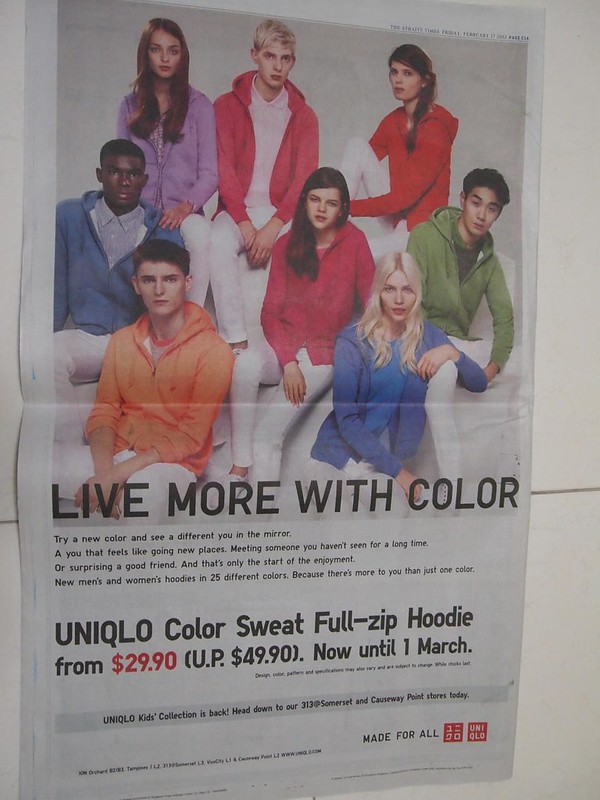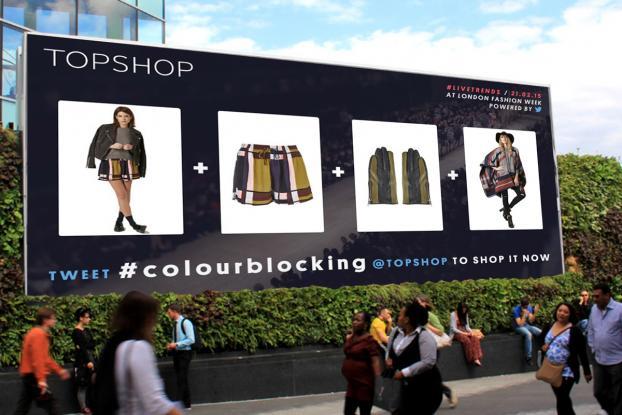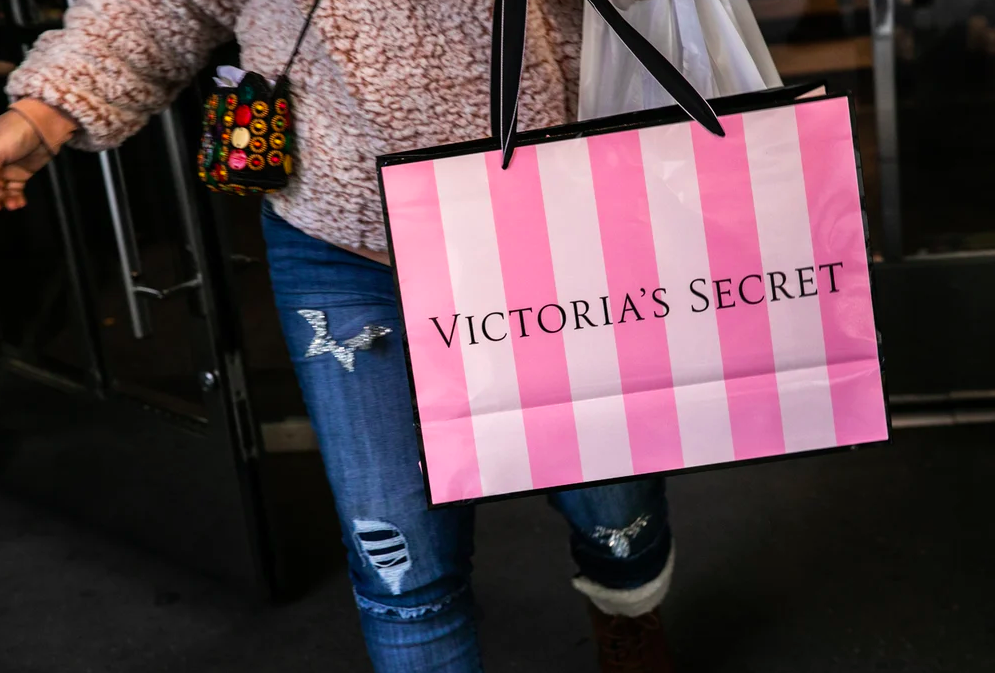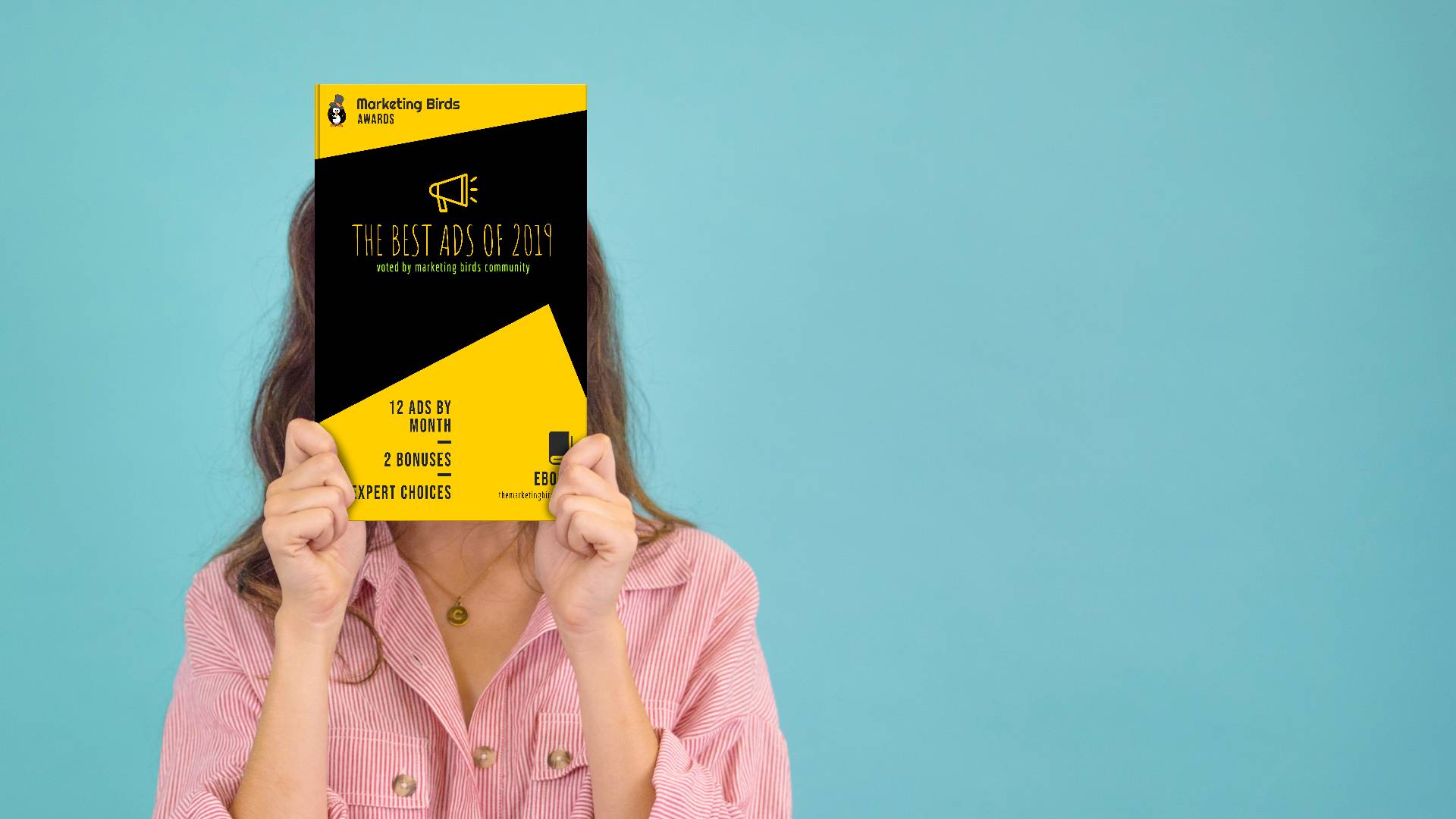Fast fashion consumers love the fact that what they’re finding in stores at the moment, wouldn’t be the same stuff 3 weeks later. Because that might be a problem for ” how to sell more? ” This results in fast-fashion retailers having almost double the profit when compared with the usual departmental stores. A fast-fashion product can be measured in the amounts of washes before it starts to fall apart. Furthermore, this makes the products disposable because trends and styles are changing rapidly. These consumers believe that time is brief and there is a limited amount of time for them to get the product they want. It’s been recognized that fashion brands and retailers use this motive to increase their sales. There is no physiological or psychological end to how much clothing people are willing to buy. These consumers continue to buy substandard clothes because they are partially amazed by how cheap these actually are. This is the answer of how to sell more.
There seems to be a neutral or indifferent approach by consumers towards fast fashion’s environmental impacts since they seem to lack information and awareness. The environmental impact of the fast fashion industry stems from transportation, cultivation of raw material, processing of fibres, and textile waste. If consumers become increasingly aware of health and environmental concerns relevant to the production of clothing, it is entirely possible to contend that they may adjust purchasing habits to demonstrate a greater level of environmental consciousness. There is no technical solution to the fast-fashion product except consumers themselves. How to sell more?
Below mentioned is a list of a few fast fashion brands describing how they have used marketing to attract more customers and how to sell more; Don’t forget to follow Marketing Birds to avoid missing content like this. IG: marketingbirds
-
1 Uniqlo - Live more with color
Uniqlo once appeared destined to take over the world. The Japanese company was heralded for how it made men like shopping with its simple, affordable apparel, with mass-produced shirts in many colors.
But now, the company is struggling – because it can't get American shoppers to shop there, due to increasing climate changes and heat.
The above-mentioned clipping is around 7-8 years old when fast fashion was an alien term to all. As can be clearly seen, it focuses on a single product category and showcases the range of colors and styles available. Uniqlo is clearly targeting those looking for sweatshirts with hoodies. This singular focus will appeal to customers in this category. By doing so, they hope to attract a wider range of customers looking for different ranges of apparel to mix and match their wardrobe. Secondly, the cloth is pretty affordable in terms of price which will make the customer get back to the store again and again.
-
2 Topshop #colourblocking
With over 500 stores across the globe, UK fast-fashion giant Topshop doesn’t look like it intends to slow down anytime soon. But how does the brand treat people, the planet, and animals
There is no evidence that it has taken any meaningful action to reduce or eliminate hazardous chemicals, or that it implements water reduction initiatives. Concerningly, issues relating to slave labour and child labour are yet to be adequately addressed by Topshop. While the brand also has a Code of Conduct that covers all of the ILO principles, it has made little to no progress towards ensuring payment of a living wage.
Topshop needs to improve its transparency surrounding its labour practices.
Now, if we look at this advertisement, here they are promoting colour-blocking, which means wearing different solid colours together. To do so, people will purchase more and more clothes with a certain color blocking idea in the heads leading to fast fashion even more.
-
3 Victoria's Secret
It was founded by Roy Raymond, and his wife Gaye Raymond, in San Francisco in 1977, as a response to packaged underwear, which Raymond considered to be "ugly, floral-print nylon nightgowns". Four decades later, it has become the largest American retailer of women's lingerie, sold in more than 1,600 stores worldwide thanks to its celebrated supermodels and a world-famous runway show.
But here is the catch, they include formaldehyde lawsuits, child labor, allegations of transphobia, sexual harassment of their models.





